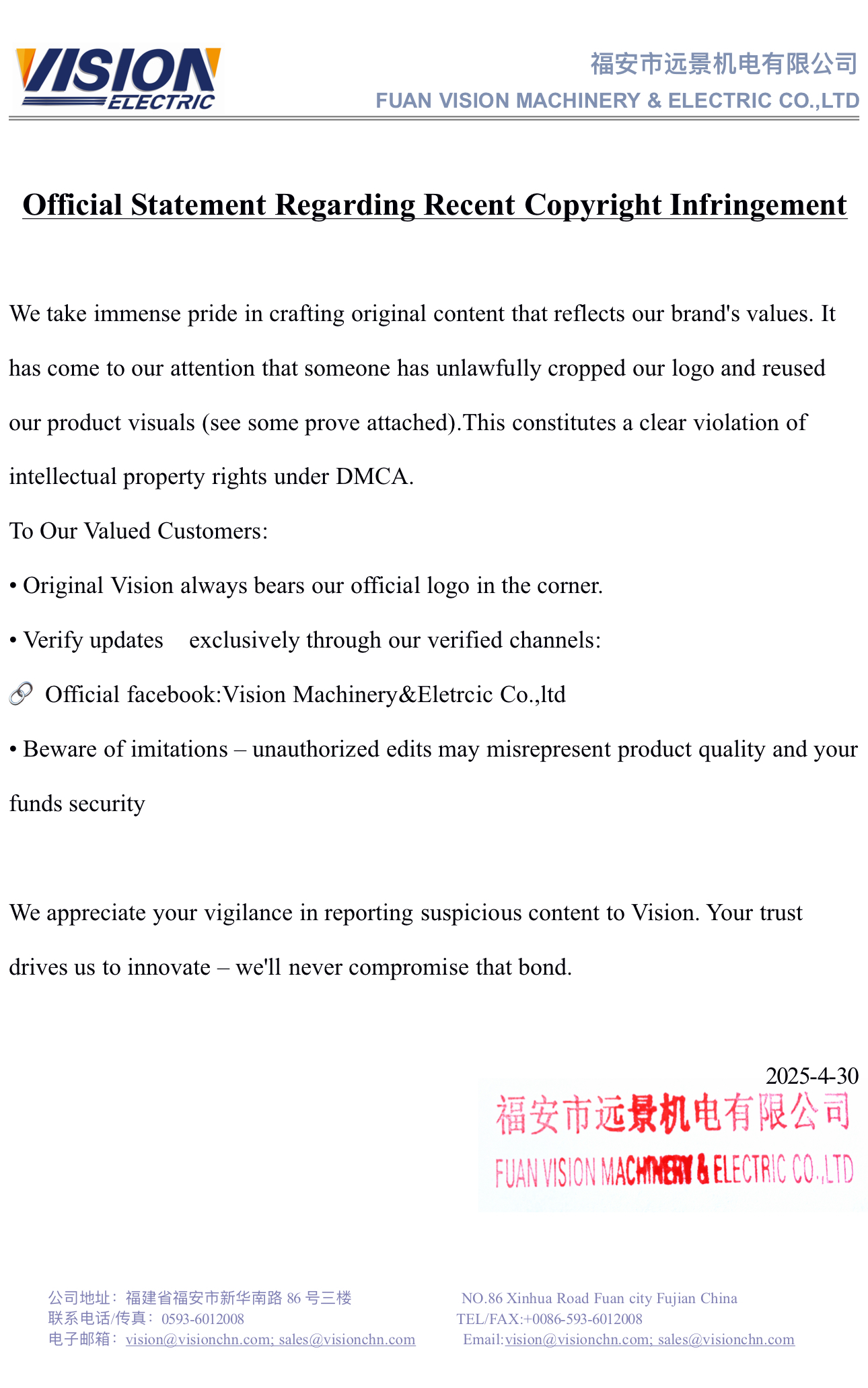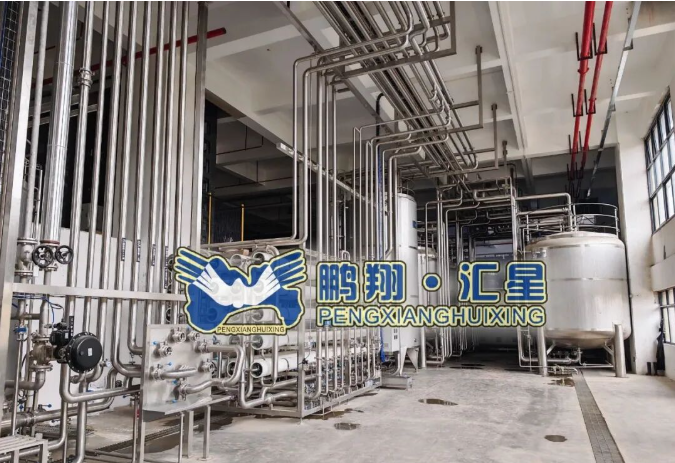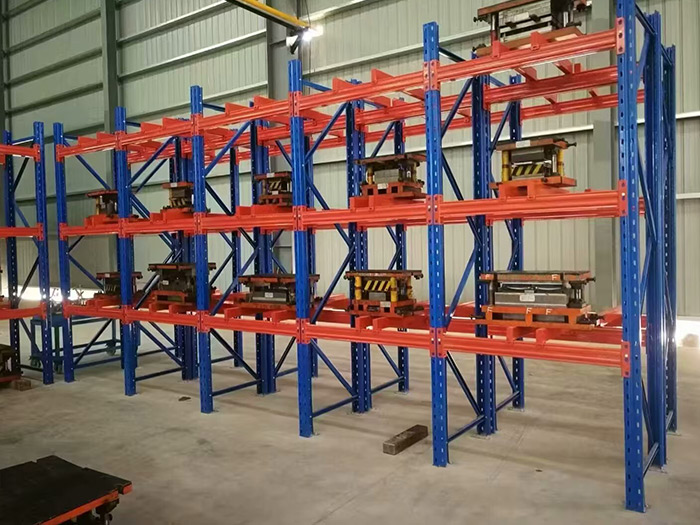In the realm of automotive engineering, mechanical faults are an inevitable part of a car's lifespan. These faults can arise from various components and systems, leading to potential safety hazards and performance issues. In this comprehensive blog post, we will delve into the intricacies of mechanical faults in automobiles, exploring their causes, symptoms, and potential solutions. By understanding these faults, car owners and enthusiasts can take proactive measures to ensure the longevity and reliability of their vehicles.
- Engine-related Faults:
The heart of any car, the engine, is prone to several mechanical faults. These faults can include issues with the fuel system, ignition system, cooling system, and more. Common symptoms of engine-related faults may include rough idling, decreased power output, excessive smoke emission, and unusual engine noises. Regular maintenance, such as timely oil changes and periodic inspections, can help prevent or detect these faults early on. - Transmission and Drivetrain Faults:
The transmission and drivetrain systems are responsible for transferring power from the engine to the wheels. Mechanical faults in these systems can lead to gear slipping, difficulty in shifting gears, and abnormal noises during acceleration or deceleration. Regular fluid checks, proper lubrication, and prompt repairs of any leaks or worn-out components are crucial to prevent transmission and drivetrain faults. - Suspension and Steering Faults:
The suspension and steering systems play a vital role in ensuring a smooth and controlled ride. Faults in these systems can result in poor handling, uneven tire wear, excessive vibrations, and a bumpy ride. Common causes of suspension and steering faults include worn-out bushings, damaged shocks or struts, misaligned wheels, and steering component failures. Regular inspections, wheel alignments, and timely replacement of worn-out parts can help mitigate these faults. - Brake System Faults:
The brake system is paramount for the safety of both the driver and passengers. Faults in this system can lead to decreased braking efficiency, longer stopping distances, brake pedal pulsation, and squealing noises. Common causes of brake system faults include worn-out brake pads, damaged rotors, brake fluid leaks, and malfunctioning ABS systems. Regular brake inspections, timely replacement of brake components, and proper fluid maintenance are essential to ensure optimal braking performance. - Electrical and Electronics Faults:
Modern cars heavily rely on complex electrical and electronic systems for various functions, including ignition, lighting, entertainment, and safety features. Faults in these systems can manifest as malfunctioning lights, non-responsive controls, intermittent power issues, and electrical shorts. Regular battery checks, proper grounding, and periodic inspections of wiring harnesses and connectors are vital to prevent electrical and electronics faults.
Conclusion:
Mechanical faults in automobiles can arise from various components and systems, impacting the performance, safety, and longevity of the vehicle. By understanding the causes, symptoms, and preventive measures for these faults, car owners can ensure a smooth and trouble-free driving experience. Regular maintenance, timely repairs, and adherence to manufacturer guidelines are key to mitigating mechanical faults and maximizing the lifespan of a car. Remember, a well-maintained vehicle not only enhances safety but also preserves its value over time.



